Reynatis’ single biggest flaw is that it tries too many things, and while each of its themes would in itself be worth exploring, piled into a heap together they create a narrative that often seems confused about what it is.
Take for example the theme of fascism and resistance that it has running through the game. Set in a modern Shibuya that has wizards roaming the streets, and a police-led taboo on the unsanctioned use of such magic. One of the protagonists is one of these free wizards, and early on the game sets an excellent tone where, if he uses his magic for good reason, all the nearby observers will start to snitch on him on social media. If he doesn’t high-tail it out of there to a safe area quickly, the cops are drawn to his location and his day suddenly becomes much worse.
This could have been an excellent commentary on the modern surveillance state and a modern-punk observation on just how easy it would be for “law and order” forces to go the way of the Gestapo and leverage the community and technology to assist with their hunting. We even get a look into that side of things because the second protagonist is a cop, and within the headquarters the fascist aesthetic and attitude is made abundantly clear. It’s quite obvious that the two protagonists are destined to cross paths, and this all together could have been a fascinating core concept that, fleshed out well, could have sustained an entire video game.
But it keeps getting distracted by all kinds of other things. For one thing, that police organisation is way too humanised with too many redeeming features for it to support the game’s theme of a surveillance state dystopia. There’s also a drug epidemic sweeping the city, which eventually turns normies into drooling psychotic magic users and while that could have been a fascinating theme for a game in its own right too often that tangent is reduced to the protagonists collectively shrugging their shoulders and deciding that the drug user is too far gone and therefore the only recourse is to put them down. They’re merely enemies when the script touches on the idea that there should be more to this theme.
Then there’s an alternative universe magic forest to explore, filled with monsters and roadblocks that the protagonists need to keep coming back to. It takes ages for the purpose of this world to become properly apparent and even then it is both a literal and figurative distraction from the tensions and events going on in “the real world” more often than not. You’ll never quite escape the feeling that the developers only threw it in there because they lacked the confidence that Shibuya was enough of a setting by itself to sustain their game (apparently overlooking that Yakuza games take place in just a few blocks of land themselves and are endlessly compelling).
As the game’s 30-odd chapters evolve, and the fate of the two protagonists become more and more intertwined, all the concepts that could have made for excellent video game themes just become increasingly confused and inconsistent. What seems like it should have been a dark, even oppressive take on Shibuya ends up lacking the steady hand and project leadership to actually deliver that.
All of this is all the more disappointing because the scenario writer for Reynatis is Kazushige Nojima, who has been on a total roll in recent years, penning the marvellously transgressive Stranger of Paradise, and then doing something quite brilliant with the Final Fantasy VII Remake in that he both rebuilt the story, but also subverted it, so that the Remake is somehow both a retread of FFVII and also a response to it. He’s clearly the kind of writer that in another life would have been a writer of literature or art films and the only conclusion that I can come to here is that while he wrote the scenario, he was largely uninvolved for the execution and the development team just weren’t entirely sure to execute on his ideas. I think there’s something very profound buried very deep in Reynatis, but it’s going to take a lot of work to really surface and properly explore.
The combat system tries to be equally creative but also struggles in execution. The main thing to understand here is that just like there are dual protagonists, there are dual states in combat. One is passive, and when in that state you can’t fight, or even move around quickly. Instead, you need to wait for the enemy to try and attack you. When they do, a ring appears on the screen, giving you a window to press and hold a button for long enough to execute a counter. If you do that, then a bar at the bottom of the screen will start to fill up.
Once it’s full you can revert to attack, resulting in a flurry of activity, but while you do that your defensive options are limited. So combat becomes a constant flow of moving between stances and picking the right moments based on what the enemies are doing. This works really well when it’s one-against-one (or at least you can manoeuvre things around so you can focus on one enemy at a time). It doesn’t work as well when facing groups of enemies and their attacks all start to come in in a chaotic mess. This is at odds with a combat system that was clearly designed around elegant precision and feeling like you’re a powerful wizard with such calm control over the situation that you’re confident enough in your magic abilities to allow the enemy to take their swing at you.
Despite these issues, I found myself enjoying Reynatis and it definitely has an X-factor going for it. The art direction is great (even if the technical execution isn’t always there), and the soundtrack is gorgeous. It’s nice to play with a combat system that is genuinely new, and while the story comes across as trying to juggle way too much, the individual ideas are fundamentally sound.
In just about every way, Reynatis is a game that tries to reach well beyond what the team was perhaps capable of achieving. Which raises an interesting question: What to score it? I, personally would rather play something like this than the 99 per cent of games out there that copy off the “best practices” template of what has come before. Of course they’re more refined then Reynatis! But they’re just iterating on what already worked. Reynatis is a wild, chaotic mess that frequently loses sight of itself, but that’s the consequence of reaching for something different. Sometimes when people try this the ideas just don’t pan out as hoped. Reynatis is still very playable and the core gameplay is genuinely enjoyable. It might consistently fail to meet its lofty ambitions, but at least it tries, and as a work of art there is value in exploring what it does try to do.
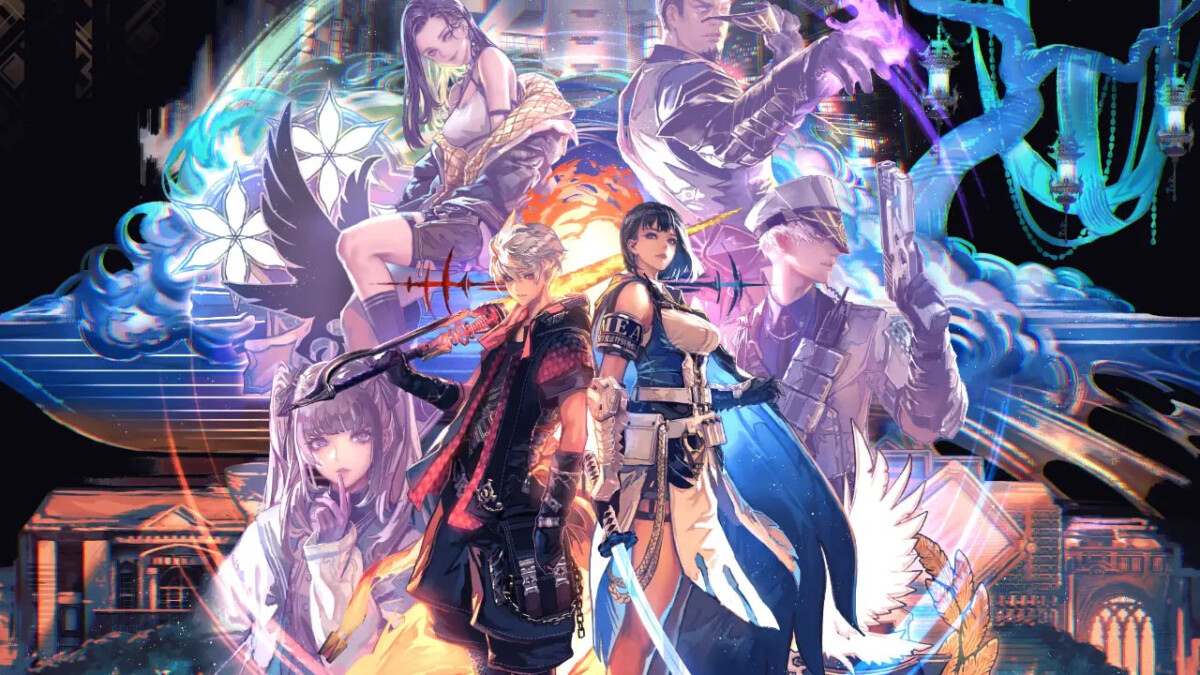

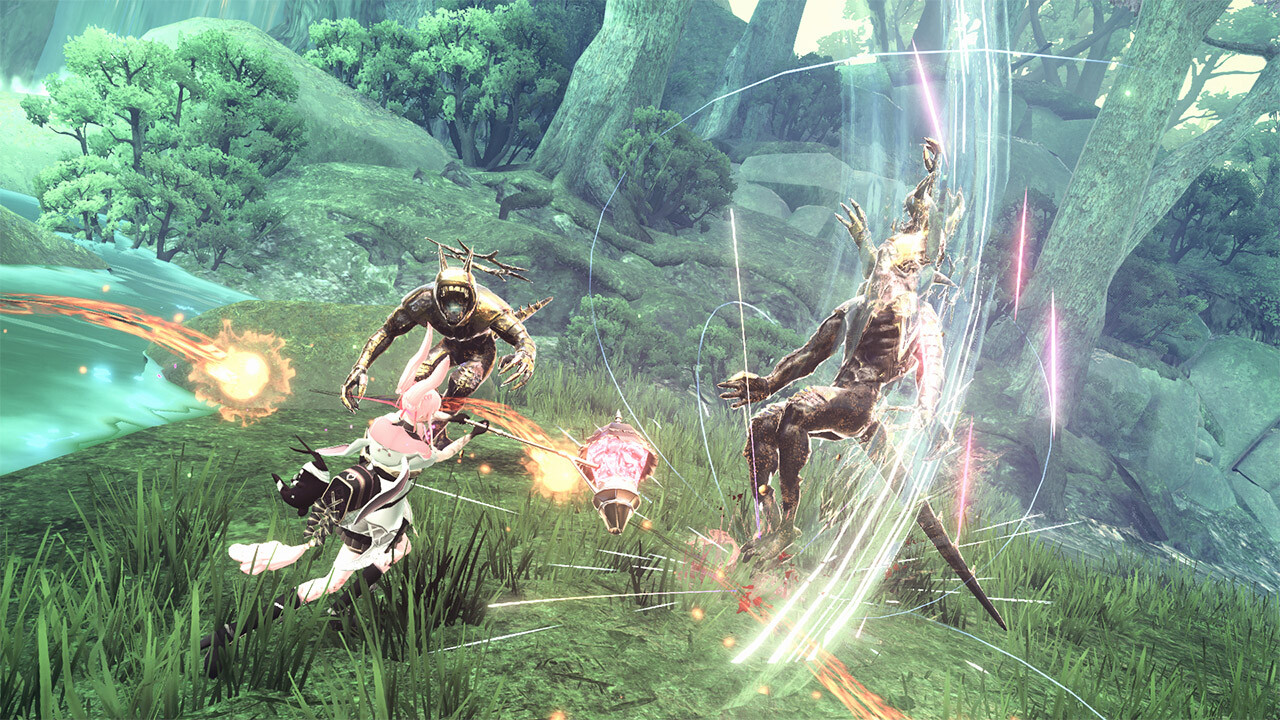
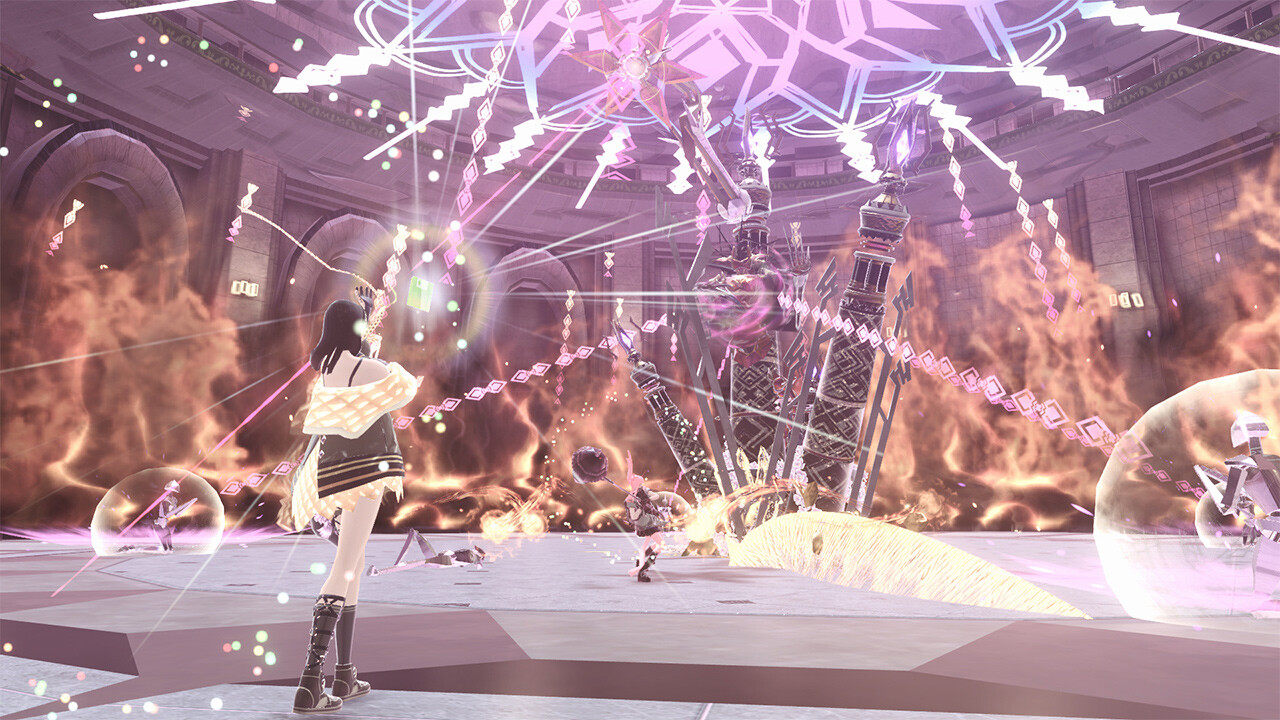
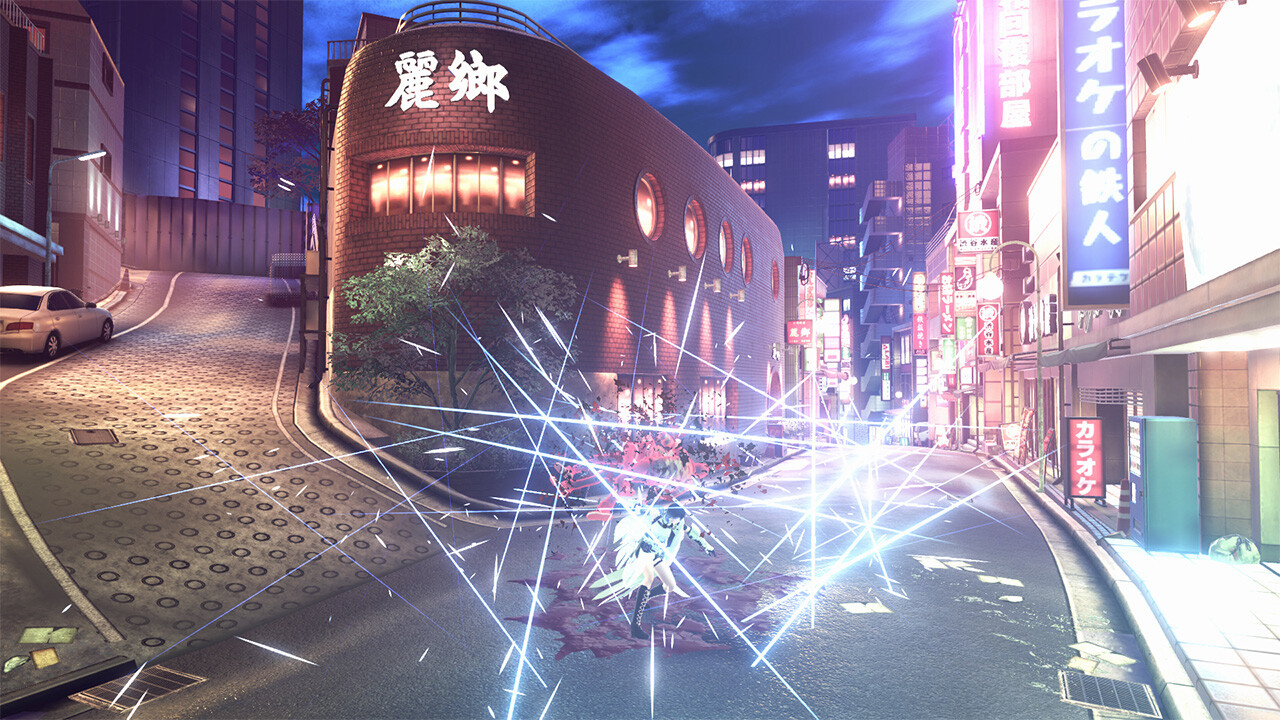

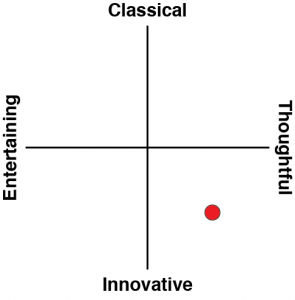

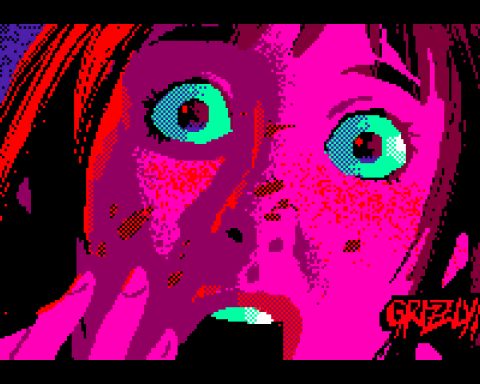
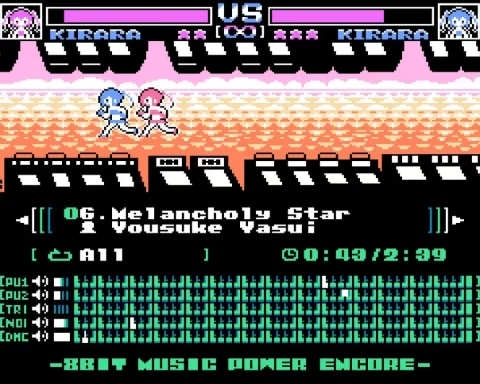
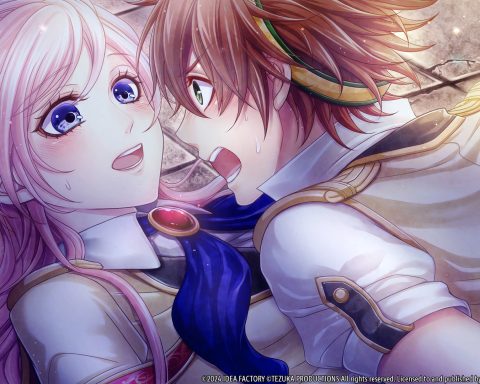
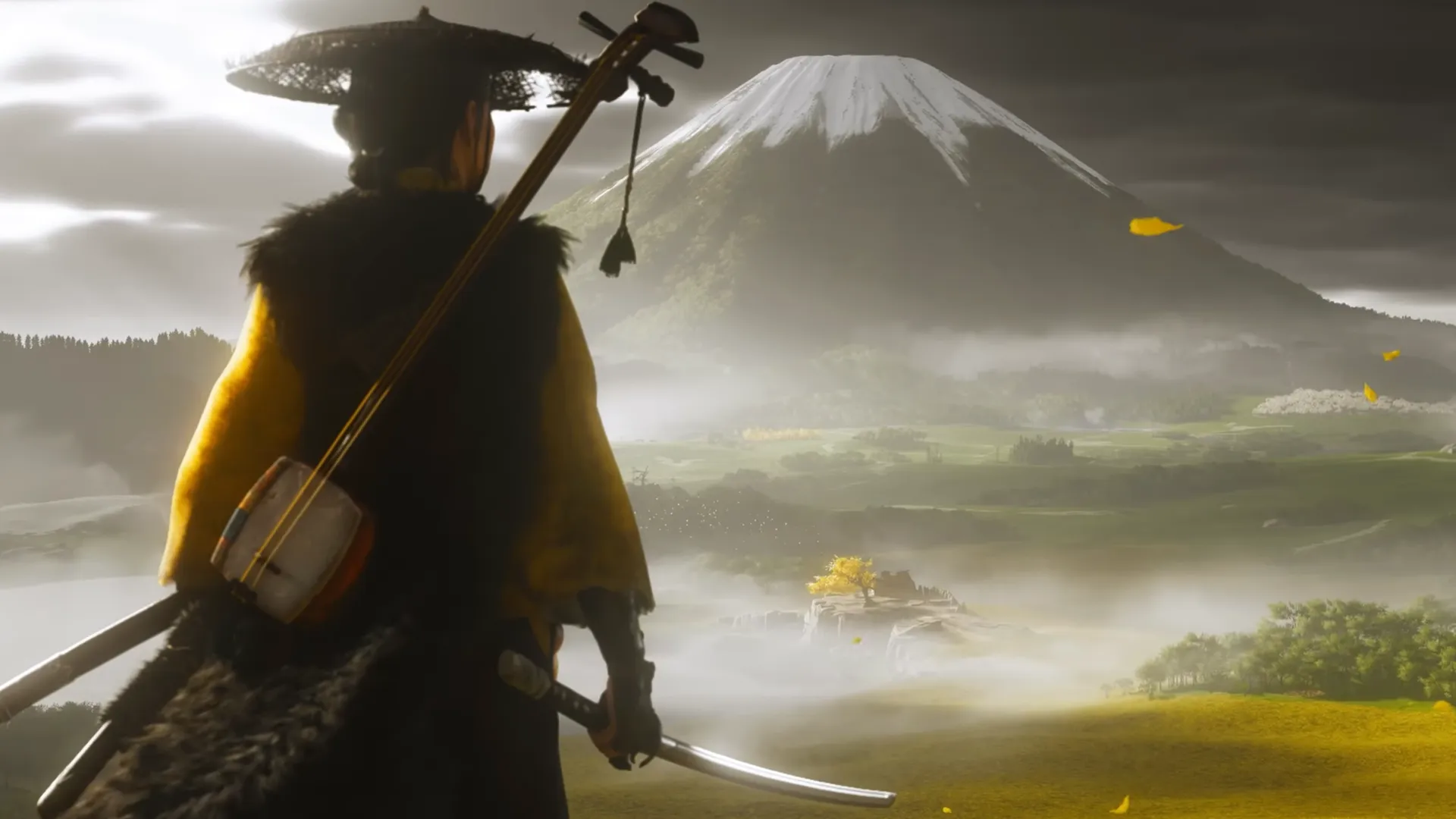




Are you seriously complaining that the game is not blatantly cartoonish propaganda enough? That the police in the game is “too humanized”?